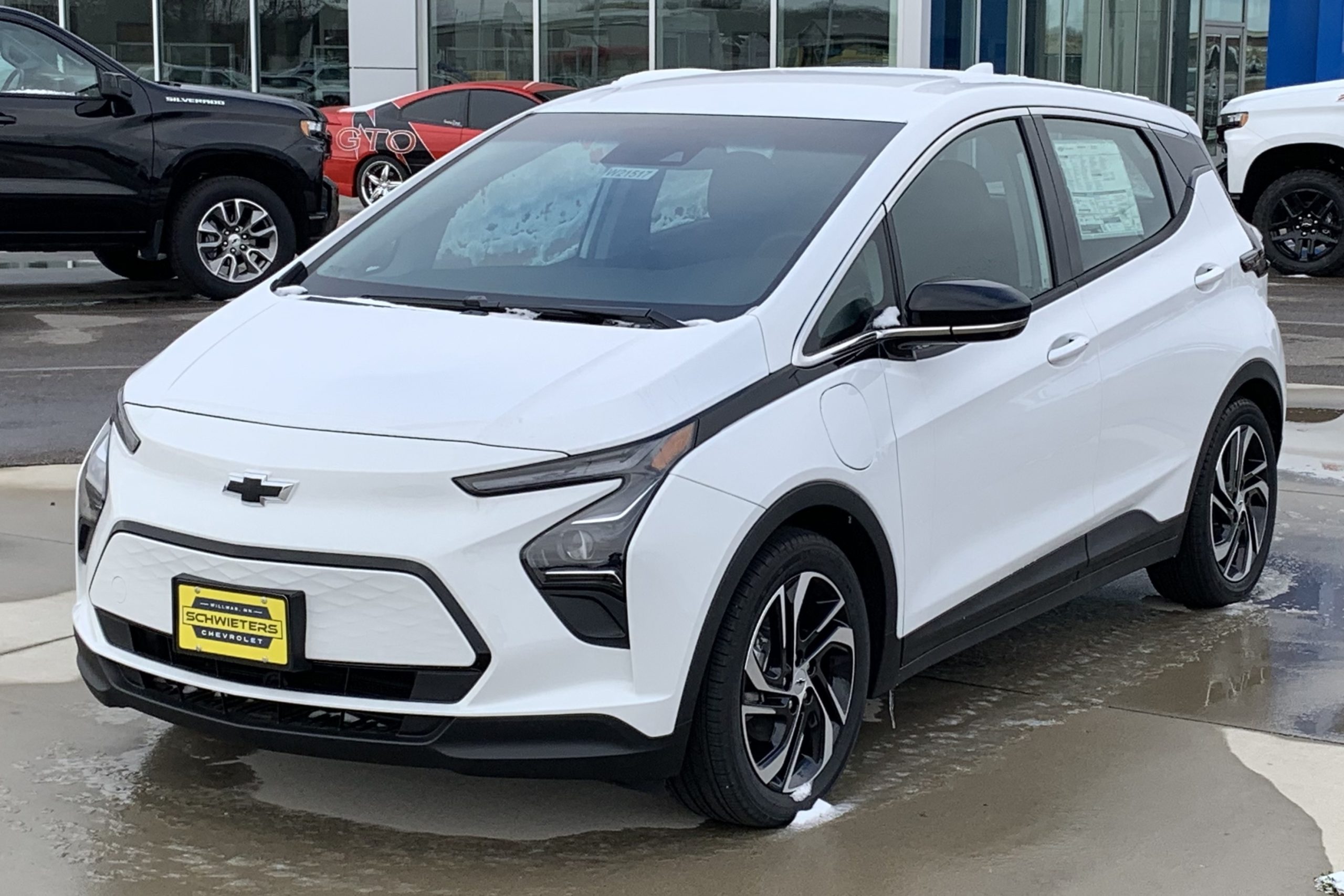Reaching 100,000 miles in a vehicle used to be a badge of honor. In the age of electric vehicles (EVs), this milestone holds even greater significance. Unlike traditional cars, EVs rely heavily on their battery systems, software integrity, and overall build quality to survive extended use.
While EVs are known for fewer moving parts, that doesn’t automatically translate into long-term durability. Crossing the 100K mark reveals which EVs truly deliver longevity and which falter under time and mileage. This article explores five EVs that go the distance with their original batteries—and five that struggle to keep up beyond that mark.
5 Cars That Go 100K With Original Battery
1. Tesla Model S: EV Longevity Pioneer
The Tesla Model S continues to stand out for its impressive durability beyond 100,000 miles. With a high-tech battery thermal management system, the Model S minimizes degradation and maintains efficiency even under heavy driving conditions. Most long-term owners report only around 10% range loss.
Additionally, Tesla’s over-the-air software updates keep the vehicle modern and functional long after purchase. Its electric motors and drive systems have proven reliable, with minimal issues reported.
While earlier versions had occasional battery issues, newer models boast excellent longevity. Overall, the Model S is a high-performance EV built to thrive in the long run.

2. Nissan Leaf (Second Generation): Simpler, Smarter EV
The second-generation Nissan Leaf, launched in 2018, is a massive improvement over its predecessor in terms of battery longevity and structural durability. Thanks to a larger battery and enhanced cooling system, many owners experience only about 10-15% battery degradation even after crossing 100,000 miles.
The Leaf’s design prioritizes simplicity, which contributes to fewer failures and easier maintenance. Its motor and regenerative braking system are built for efficiency and long-term use.
While not flashy, the second-gen Leaf proves to be a reliable and affordable EV choice that consistently performs well for high-mileage owners without major component breakdowns.
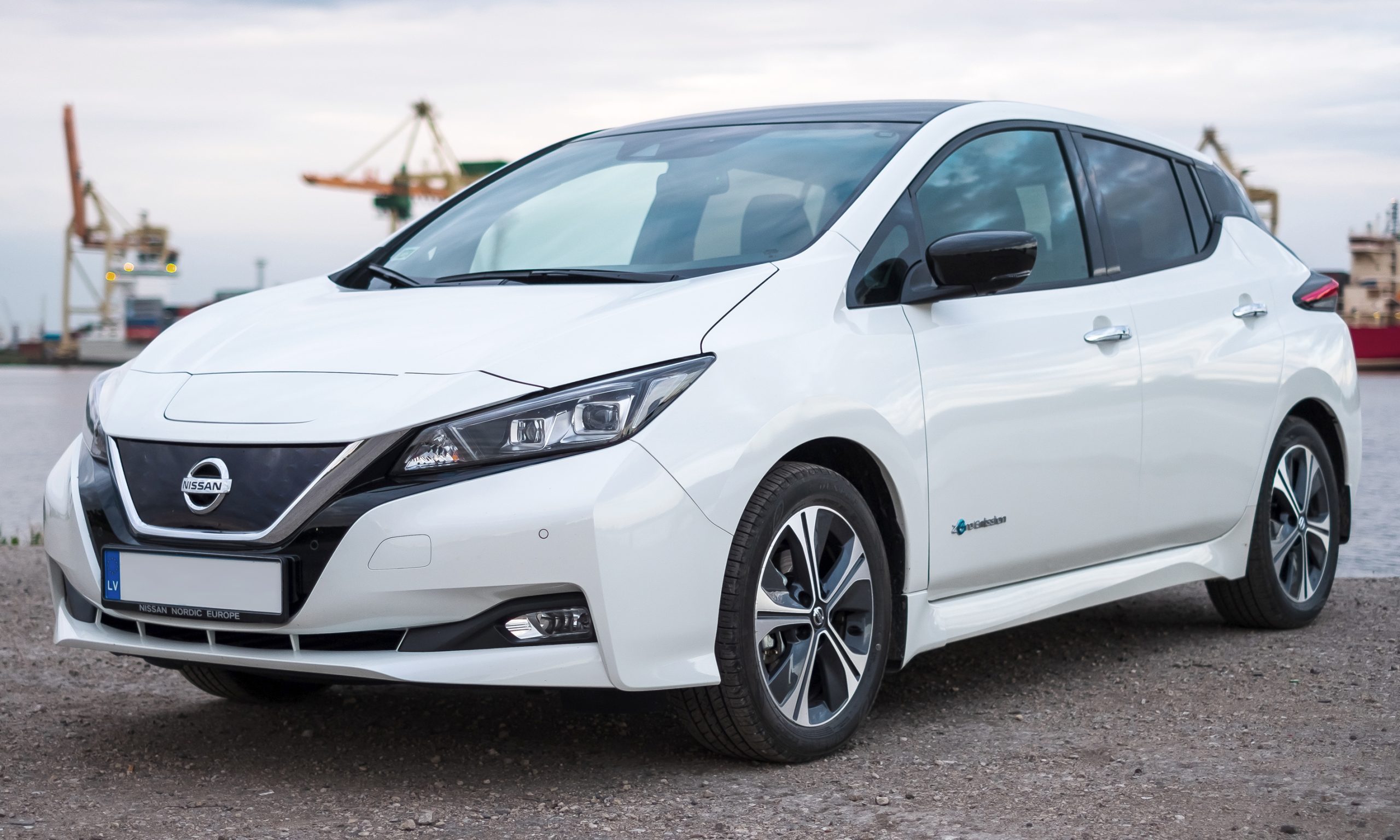
3. Ford Mustang Mach-E: Muscle Meets Maturity
The Ford Mustang Mach-E entered the market with bold styling and strong engineering credentials, and it delivers on durability. Its advanced liquid-cooled battery system significantly reduces overheating and helps preserve battery health over time.
Owners with over 100,000 miles on their Mach-E report consistent range and performance. The vehicle’s cabin materials and infotainment system also hold up well, showing Ford’s attention to long-term usability.
With a solid 8-year/100,000-mile battery warranty and minimal maintenance requirements, the Mach-E stands out as both stylish and dependable. It’s a modern EV that doesn’t fade with age but instead matures gracefully over mileage.
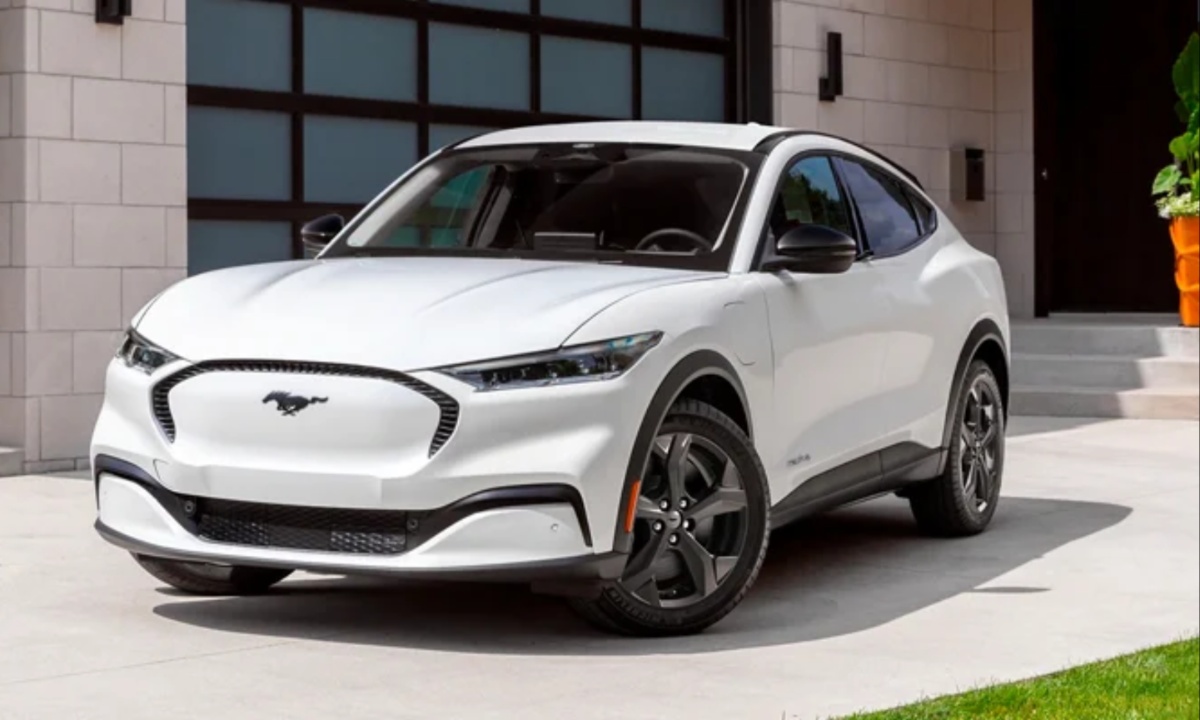
4. Kia Niro EV: The Quiet Performer
The Kia Niro EV might not have Tesla’s flash, but it’s quietly built a reputation for longevity. Designed with a robust electric powertrain and liquid-cooled battery, it shows little range degradation after 100K miles.
Many users report consistent performance and minimal mechanical issues, making it a top pick for daily drivers. Kia’s 10-year/100,000-mile battery warranty underscores its confidence in the vehicle’s durability.
Interior materials remain intact even under heavy use, and the car’s straightforward design means fewer tech-related failures. If you want a dependable, understated EV that can handle the long haul, the Niro EV is an excellent contender.
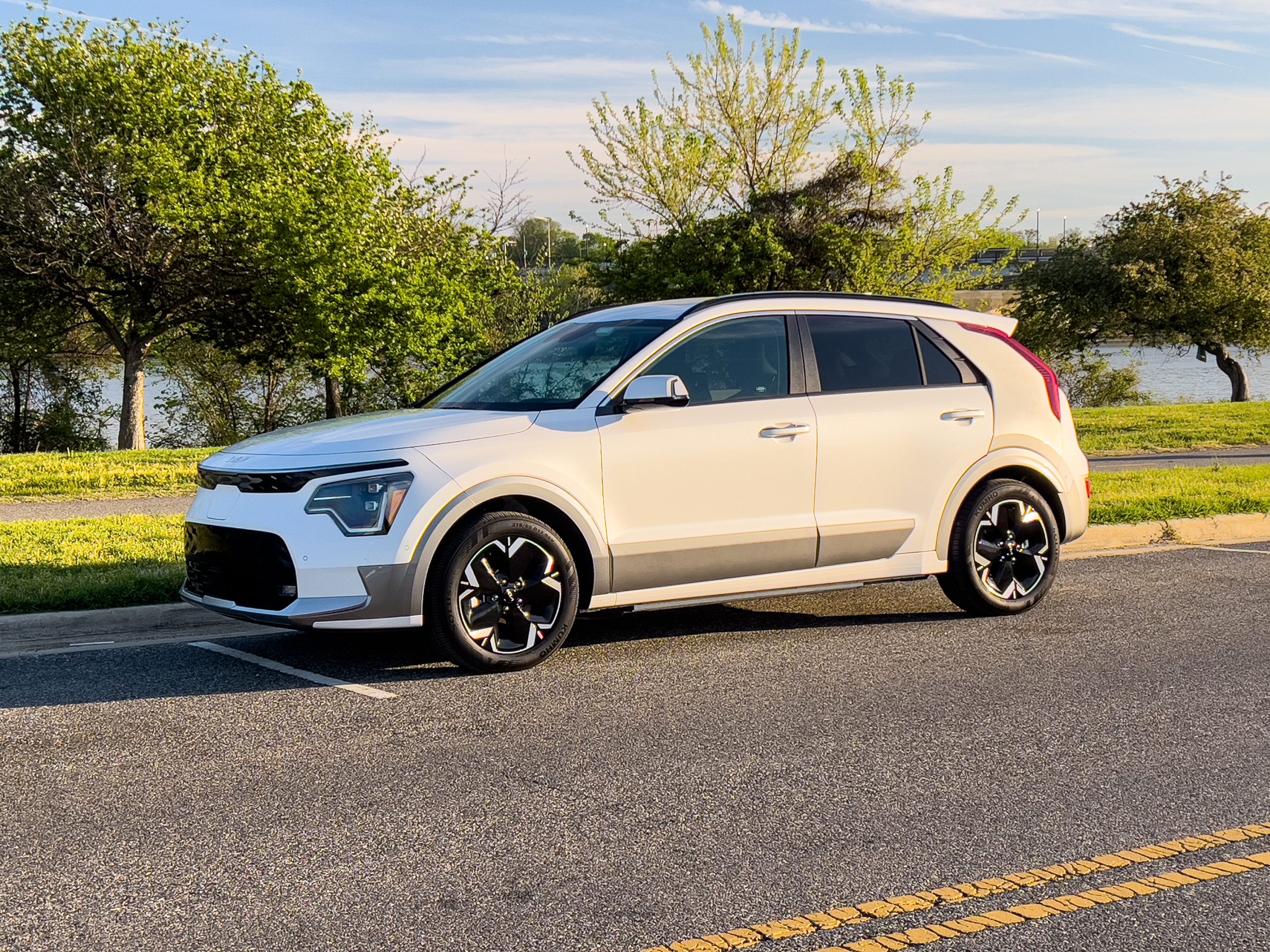
5. Hyundai Kona Electric: Compact and Consistent
Hyundai’s Kona Electric proves that you don’t need a luxury badge to get long-term reliability. After 100,000 miles, many owners praise the Kona for retaining strong battery capacity and offering a smooth, dependable drive.
A key to its success is the high-density lithium-ion battery and liquid thermal management system, which helps limit heat-related degradation. Hyundai backs the vehicle with a 10-year/100,000-mile battery warranty, though many never need to use it.
The cabin quality and tech features also age gracefully. In short, the Kona Electric is a compact SUV that quietly delivers impressive performance, well beyond the 100K-mile benchmark.
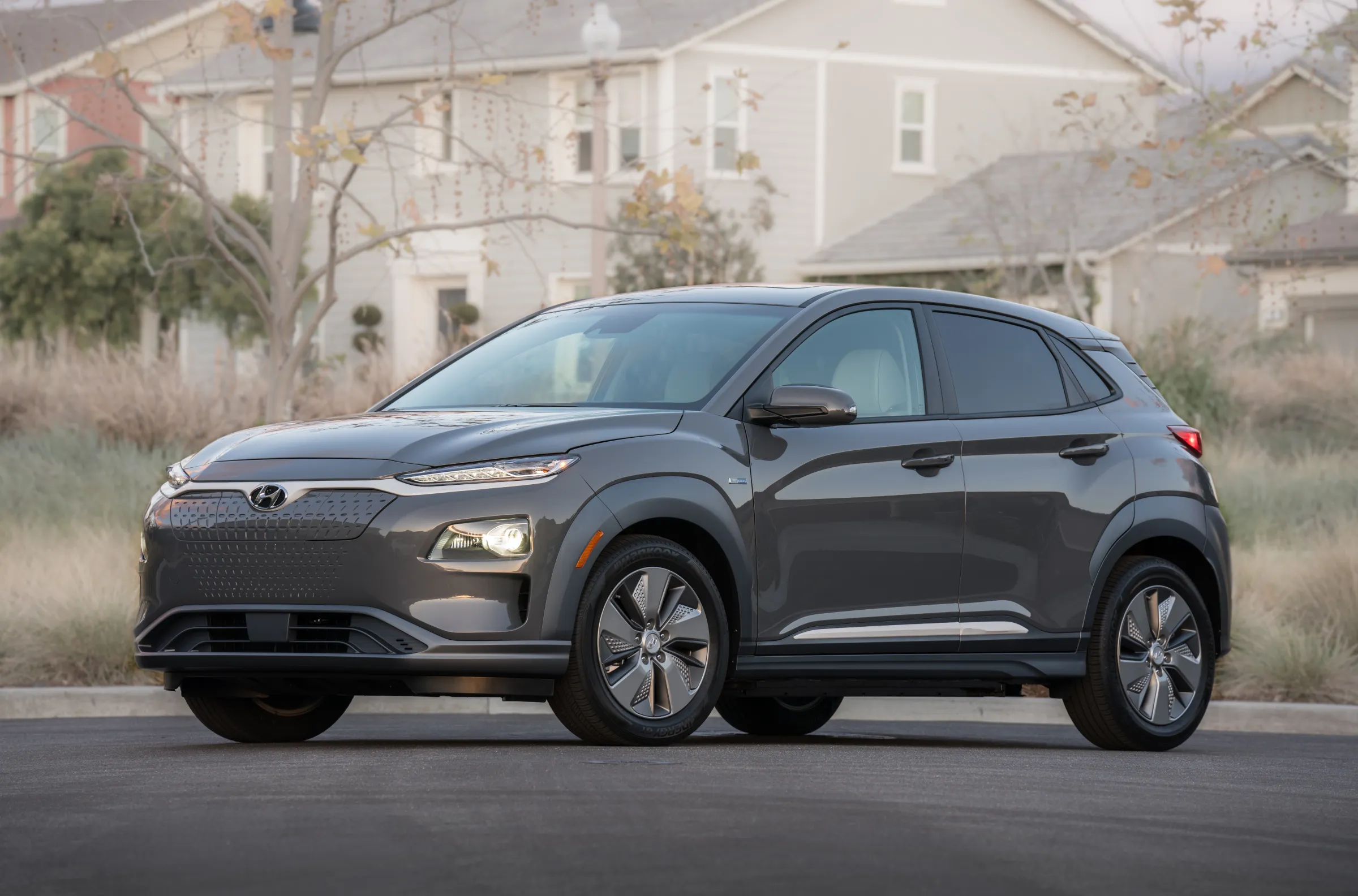
5 That Die Early
1. BMW i3: Innovation Without Endurance
The BMW i3 was groundbreaking in its use of lightweight carbon fiber and compact design, but its longevity leaves much to be desired. Many owners report noticeable range loss and battery degradation by the time they hit 100,000 miles.
The complexity of its engineering and reliance on specialized parts make repairs expensive and time-consuming. Additionally, the small battery limits usefulness once it begins to degrade.
Despite being a fun and zippy city car, the i3’s long-term reliability and high maintenance costs make it a poor choice for drivers expecting extended performance past the 100K-mile threshold.

2. Chevrolet Bolt EV: Early Promise, Later Pitfalls
Initially praised for its affordability and impressive range, the Chevrolet Bolt EV struggles as it ages. Battery degradation becomes a concern around 100,000 miles, particularly in early models.
Some users report noticeable drops in range, and there have been high-profile battery recalls. Beyond battery issues, the Bolt also suffers from occasional electrical and drivetrain problems.
While General Motors has taken steps to resolve certain concerns, long-term reliability remains inconsistent. As a result, the Bolt EV, while appealing as a budget-friendly option upfront, may not be the best choice for drivers seeking an EV that can comfortably exceed 100K miles.

3. Fiat 500e: Small Car, Short Lifespan
The Fiat 500e is a quirky city EV with limited long-term potential. Designed mainly for compliance with emission regulations, the 500e lacks the engineering depth needed for extended durability. Its small battery degrades faster than competitors, often losing substantial range before reaching 100,000 miles.
The car also suffers from reliability issues with its motor and drivetrain under heavy use. Parts availability is limited, especially outside major urban areas, making post-warranty maintenance a challenge.
While the 500e is enjoyable for short commutes, it isn’t equipped for the long haul—owners looking for lasting performance should steer clear after the novelty fades.
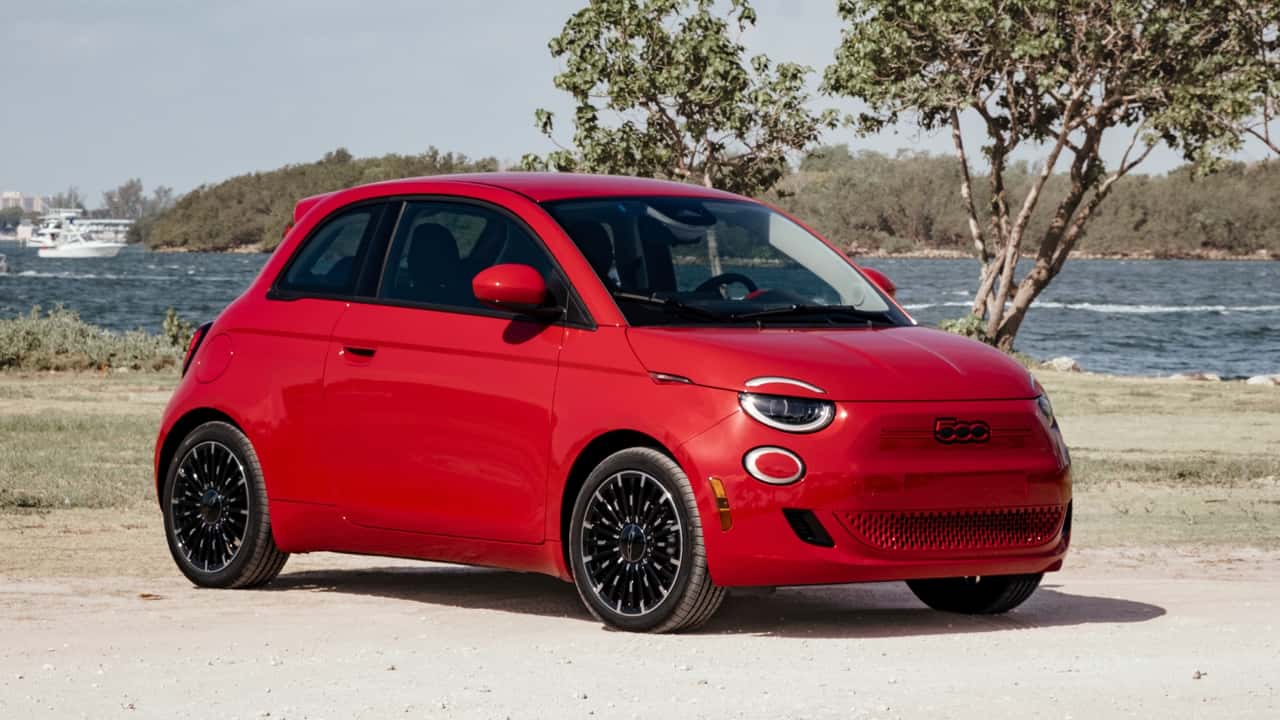
4. Jaguar I-PACE: Luxury That Fades Fast
The Jaguar I-PACE offers luxury, performance, and cutting-edge tech, but struggles to hold up past 100,000 miles. Owners often report declining battery range and increased issues with infotainment systems and electronics. While the vehicle starts out strong, its complex systems begin to falter with high mileage.
Interior wear is also reported sooner than expected for a premium vehicle. High repair and part costs make long-term ownership expensive once the warranty runs out. Despite its sleek design and impressive specs, the I-PACE doesn’t deliver on durability, making it a risky choice for those expecting their EV to last well beyond 100K miles.
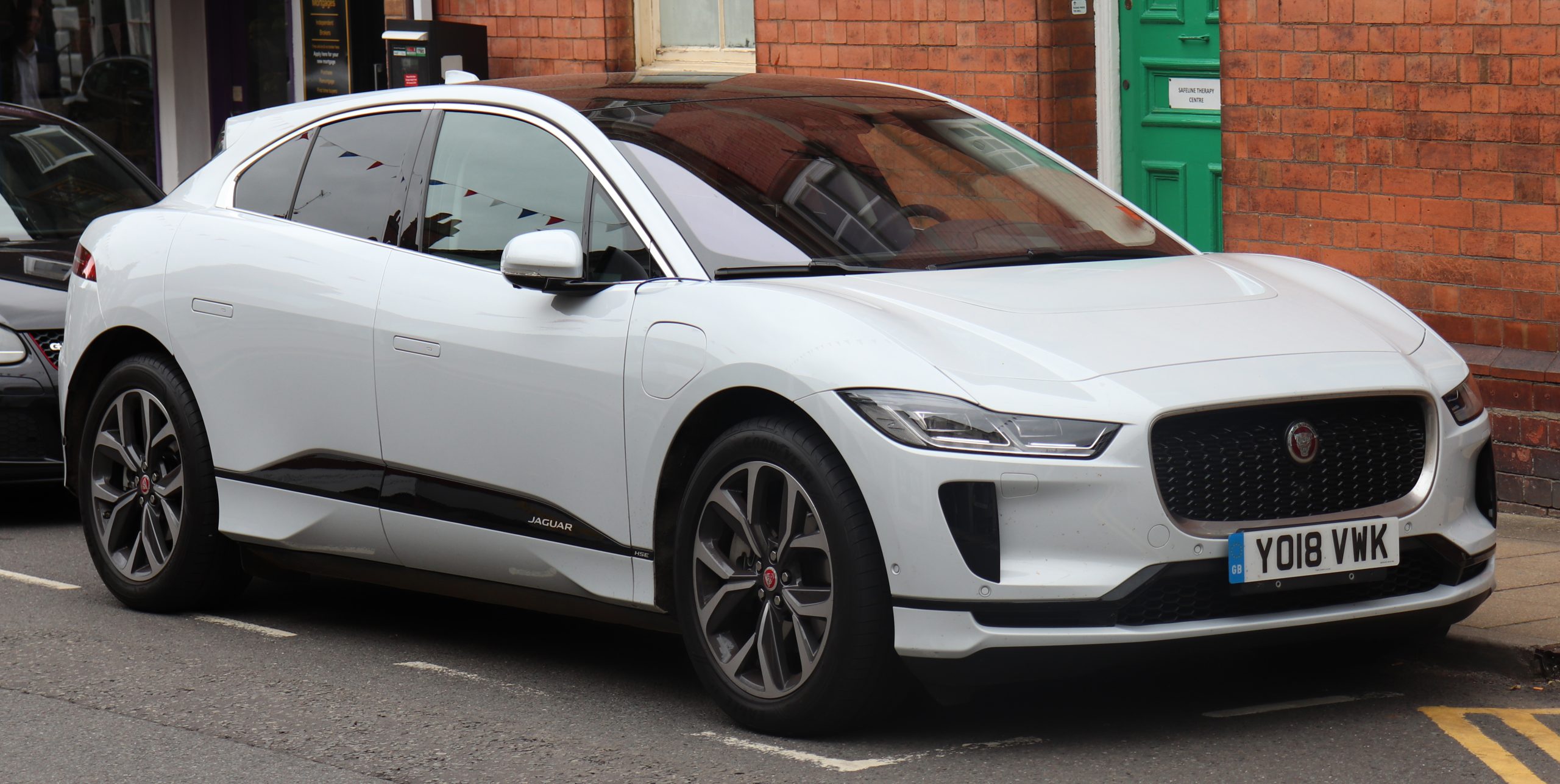
5. Tesla Model X: Luxury Meets Complexity
The Tesla Model X, known for its bold features like Falcon Wing doors and extensive autopilot systems, doesn’t always age gracefully. As it approaches and passes the 100K-mile mark, owners frequently report significant battery degradation and more frequent charging requirements.
The high-tech components, while impressive, can become maintenance nightmares once out of warranty. Repair costs are also higher compared to more mainstream EVs.
While the Model X offers cutting-edge features and luxury appeal, its complexity leads to reliability concerns over time. For drivers focused on long-term use, the Model X might not be the best investment past 100,000 miles.
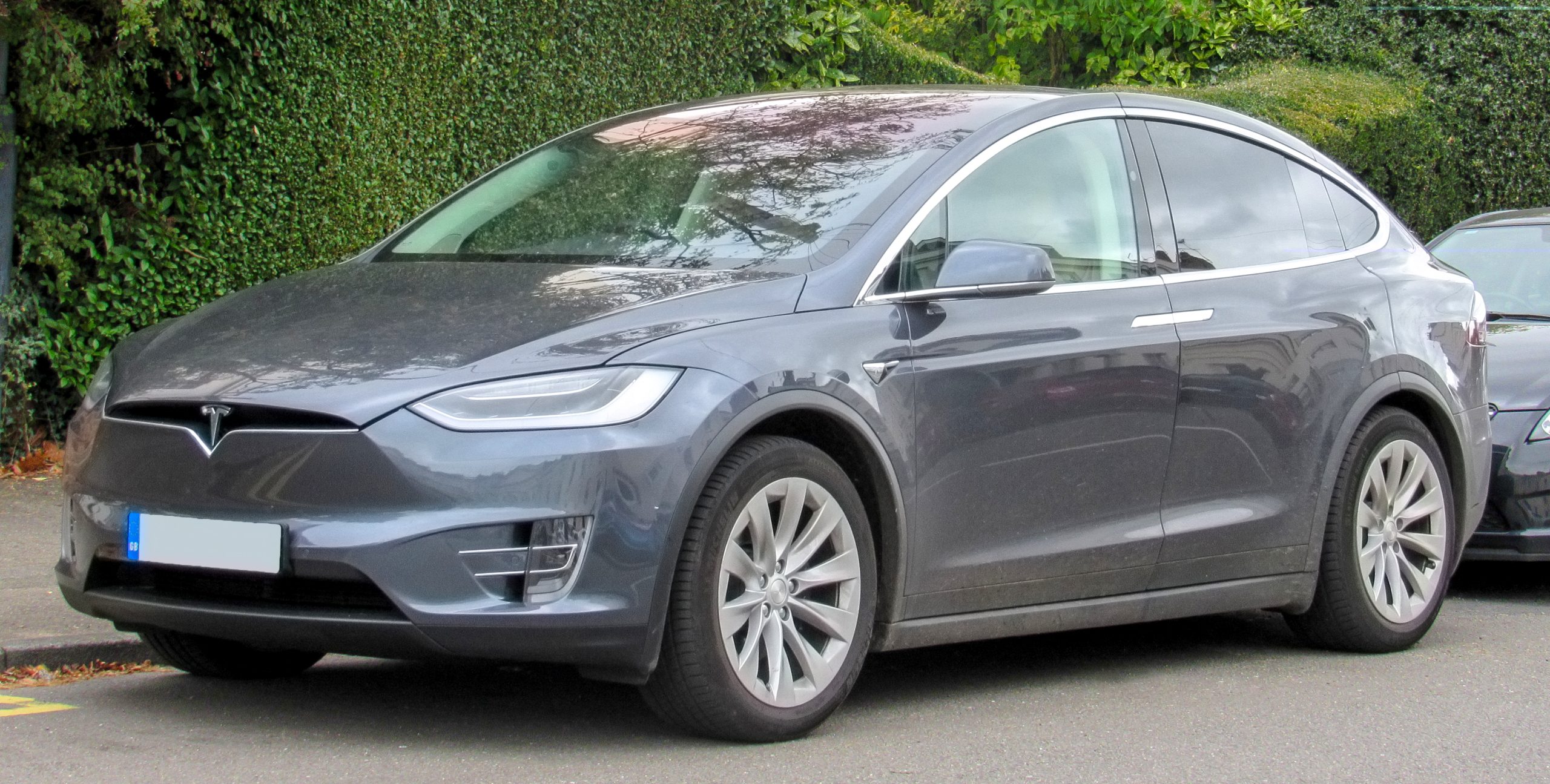
Not all EVs are created equal when it comes to endurance. As this list shows, some models are built to go the distance with minimal degradation and strong reliability, while others falter before reaching major mileage milestones.
For anyone planning to buy used or keep their vehicle for the long term, understanding how EVs perform after 100,000 miles is crucial. Look beyond brand prestige and tech features—what really matters is engineering integrity and battery resilience.
Whether you’re shopping for peace of mind or performance, choosing a proven, long-lasting EV can save you money and headaches down the road.
Also Read: 5 Cars That Run Quiet in Rain and 5 That Squeak, Rattle, and Leak

